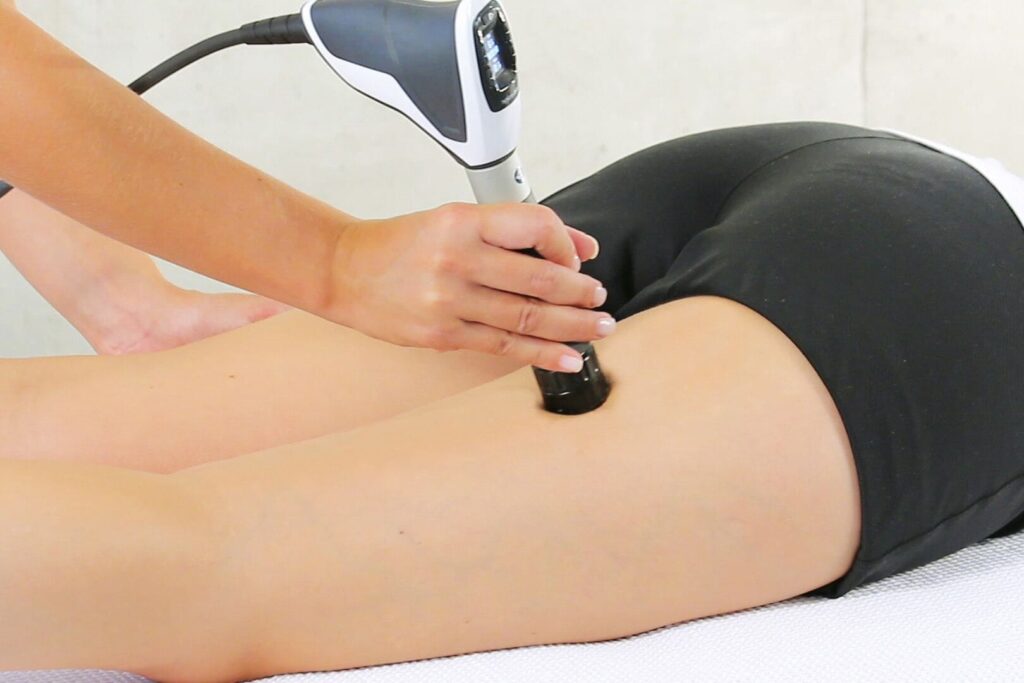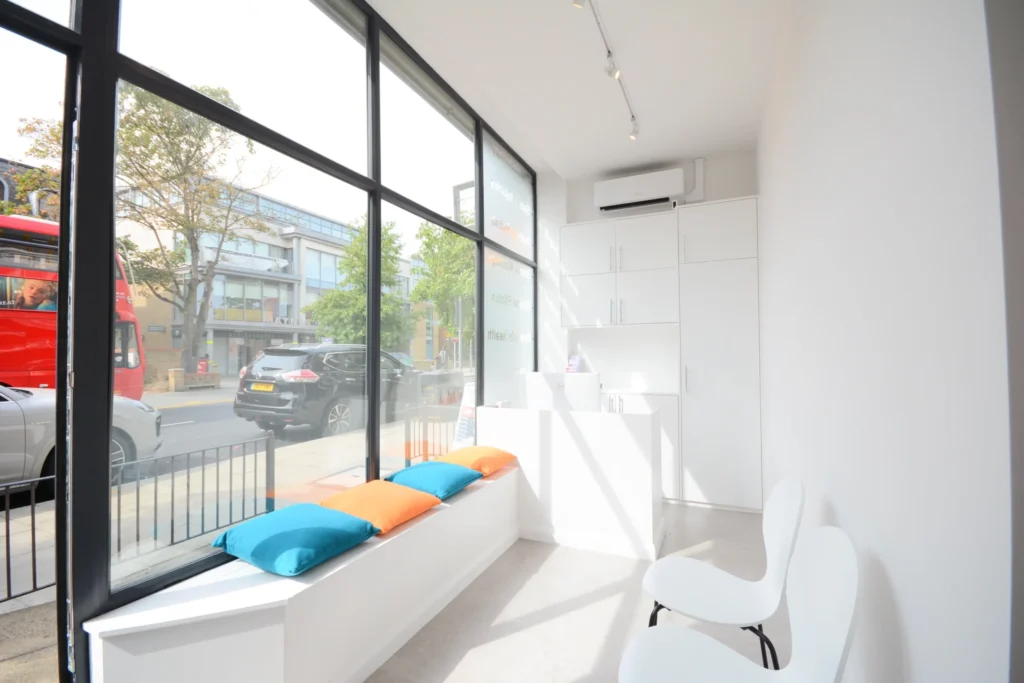Struggling with a long-term tendon injury that won’t heal? At MSO Physio Sutton, we offer Shockwave Therapy (Extracorporeal Shock Wave Therapy – ESWT) as part of our advanced treatment options for persistent musculoskeletal pain.
This non-invasive treatment stimulates healing, reduces pain, and is especially effective for lower limb tendon conditions that haven’t responded to rest or exercise alone.


Shockwave Therapy uses high-energy sound waves to stimulate blood flow, reduce scar tissue, and trigger the body’s natural healing response. Delivered through a handheld probe, the shockwaves pass into the injured tissue to promote regeneration and improved function.
Shockwave is clinically proven and recommended by NICE for chronic tendon conditions, especially when combined with a progressive strengthening rehab plan, which our physiotherapists provide as part of your care.
Shockwave is most effective for chronic tendinopathies and certain bony conditions, including:
If you’ve had symptoms for more than 3 months, Shockwave Therapy in Sutton may help break the cycle of pain and get you back to moving comfortably.


Your MSO physiotherapist will:
Each session lasts 10–15 minutes, with your total appointment lasting around 30 minutes to allow for additional hands-on therapy or rehab guidance.
Shockwaves are felt as repetitive pulses, these may be mildly uncomfortable but should not be painful. We begin at a lower intensity and build up to your tolerance level.
Most patients respond well to a course of 3–5 weekly sessions, followed by a 2–3 month rehab programme. Your physiotherapist will monitor your progress and adjust the plan based on your symptoms and goals.


Shockwave Therapy is a safe treatment for most people. Our clinicians will review your medical history in detail before recommending it.
Following treatment:
Some people notice immediate relief; others improve gradually over several weeks.

Sutton Sports Village, Rosehill Park, Sutton SM1 3HH
Free on-site parking
Close to Morden and Sutton rail stations
020 8254 2150
info@msophysio.com